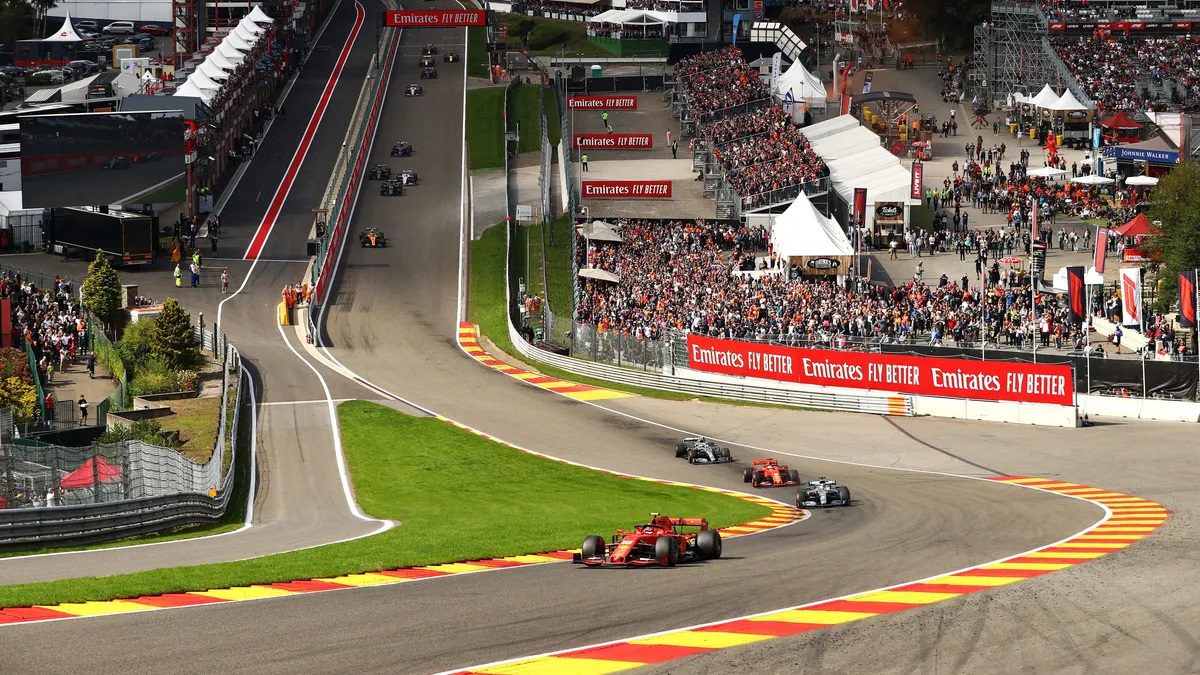Motorsports, for better or for worse, 80% of the time need to be run at dedicated facilities built precisely to host them. These facilities have garages to perform mechanical work in, a slow area to leave and join the dedicated racing surface from those garages, and a length of specially prepared tarmac that is grippy, smooth, and winds its way around the landscape. We are, of course, talking about racing tracks.
However, throughout the history of motorsports, there have been innumerable amounts of tracks prepared, presented, raced on, and used for all levels of motorsport, yet only a handful are truly remembered as great tracks. In the United States alone, there are over 1,000 race tracks, but when you say COTA, everyone knows that that is Circuit Of The Americas. If you say Brainerd International Raceway, a few of the older folks will nod their heads as they remember the days of Can-Am, but most people will go “where’s that?” It’s in Minnesota, by the way, and is “famous” for having the single longest straight of any track in America.
No Subscription? You’re missing out
Get immediate ad-free access to all our premium content.
Get Started



